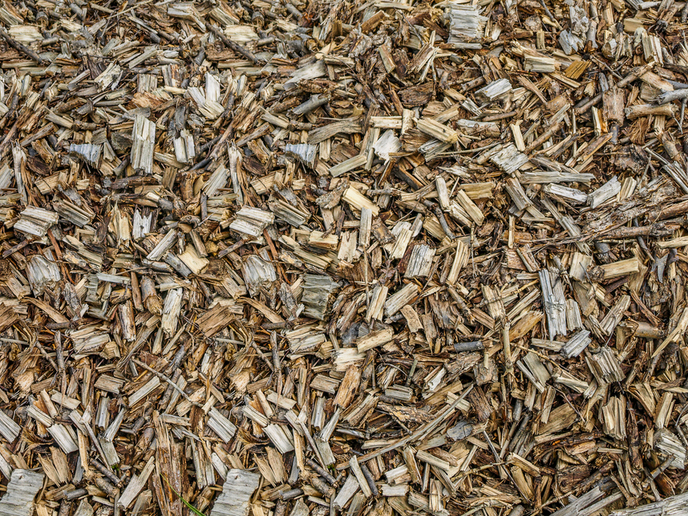Special ceramic membrane drives catalytic reactor
Hydrogen peroxide (H2O2) is a powerful oxidant used in a number of industrial, environmental and other applications. In the context of the NEOPS project, a group of eight universities, research centres as well as industrial partners gathered together to design, build and test a reactor to generate H2O2. A critical component of the reactor was a ceramic membrane capable of catalysing a reaction between constituents in the gas and liquid phases. The work was overseen by ceramics experts with Hermsdorfer Institut fuer Technische Keramik e.V. (HITK) in Germany. The membrane was constructed from a particular form of aluminium oxide, alpha-Al2O3, which is extremely stable structurally and also inert with respect to the chemical reactions taking place. By tinkering with the pore size distribution, the HITK researchers managed to create a differential pressure in the order of several bars between gas and liquid phases. This helped accelerate gas diffusion into the membrane's pores without causing bubble formation. Efficiency was further enhanced by incorporating a carbon layer in the membrane. In addition to H2O2 production, the new membrane can also be used in other applications requiring gas and liquid separation. A prime example could be the recovery of hydrogen from a number of different sources. The team at HITK has demonstrated its ability to mass produce the new membranes and is pursuing commercial partnerships.







